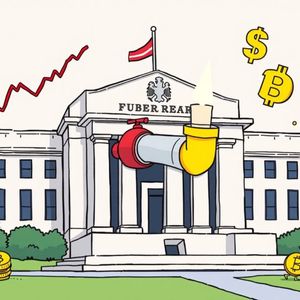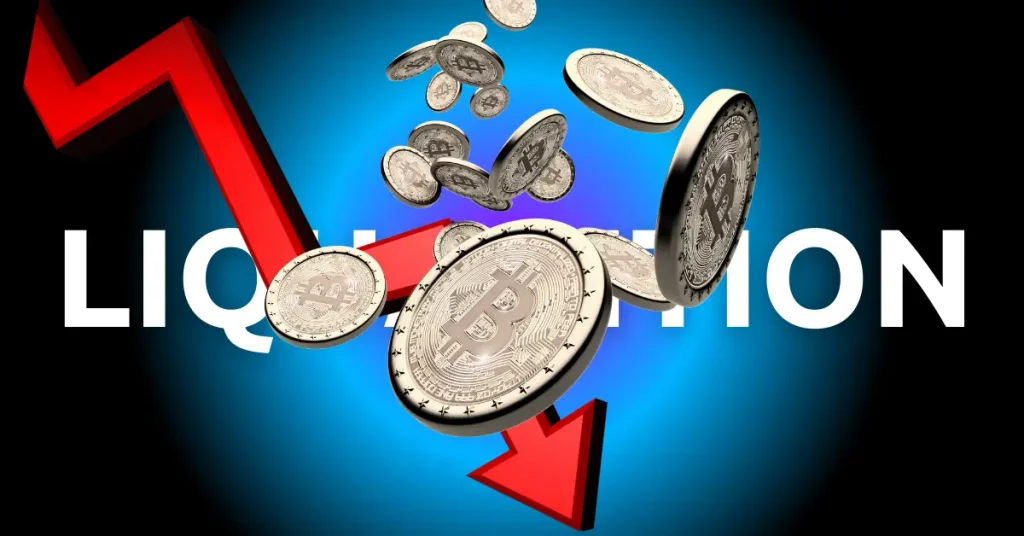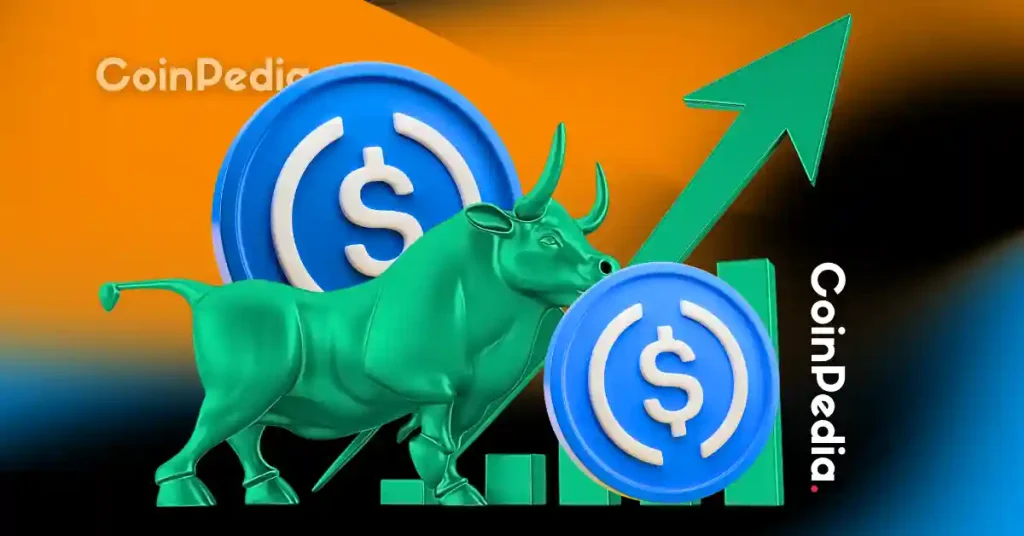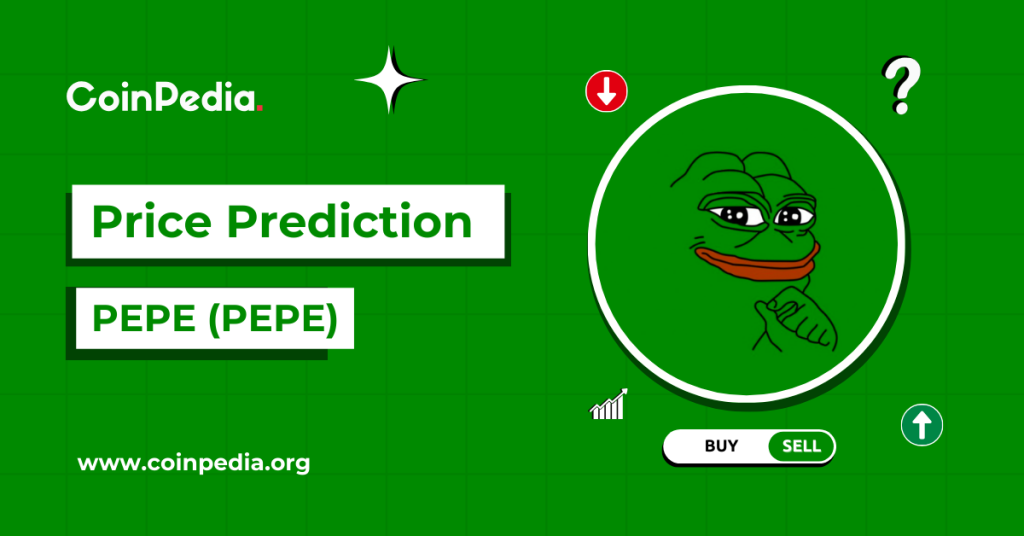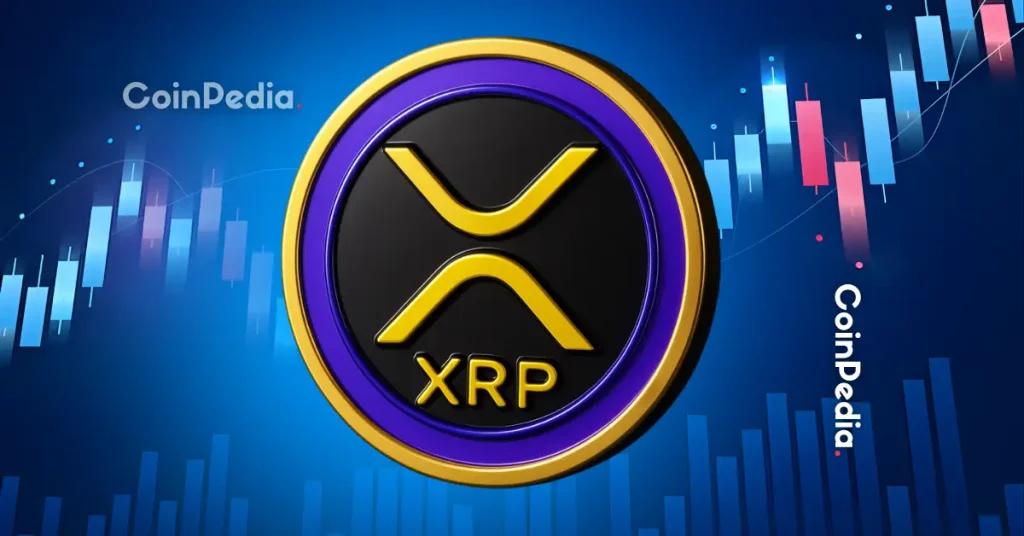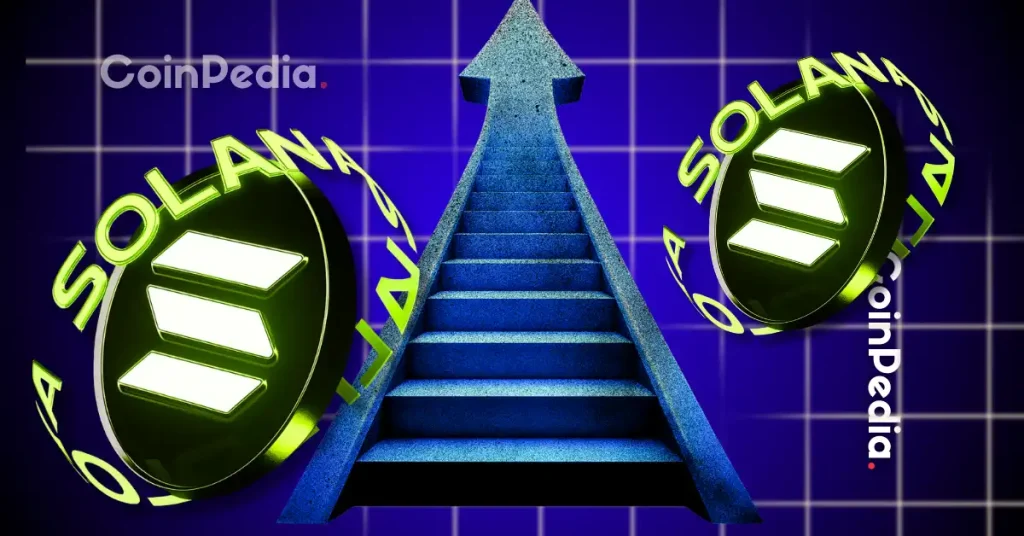BitcoinWorld Quantitative Tightening Ends: A Crucial Shift for Global Markets The financial world is buzzing with a significant announcement: the Federal Reserve has officially concluded its quantitative tightening (QT) program. This expected move marks a crucial pivot in monetary policy, signaling a new phase for global markets and potentially influencing everything from interest rates to investment strategies, including the dynamic cryptocurrency space. Understanding Quantitative Tightening: What Just Ended? For those new to the term, quantitative tightening refers to the process where a central bank reduces the amount of money supply in the economy. This is typically achieved by allowing bonds and other assets purchased during quantitative easing (QE) to mature without reinvesting the proceeds. Essentially, the Fed was shrinking its balance sheet, pulling liquidity out of the financial system. Quantitative Easing (QE): The Fed buys assets to inject money. Quantitative Tightening (QT): The Fed lets assets mature to withdraw money. The goal of quantitative tightening was to combat inflation by making money scarcer and thus more expensive. It’s the reverse of the expansive policies seen during economic downturns, like the 2008 financial crisis or the COVID-19 pandemic, when central banks flooded markets with liquidity. Why Did the Federal Reserve Conclude Quantitative Tightening Now? The decision to end quantitative tightening was not made in a vacuum. Several factors likely influenced the Federal Reserve’s timing: Inflation Control: While inflation remains a concern, the Fed believes its previous tightening measures have had a significant impact. Economic Stability: Concerns about potential economic slowdowns or recession risks may have played a role. Ending QT can help prevent an overly restrictive monetary environment. Market Liquidity: The Fed aims to maintain sufficient liquidity in the financial system to ensure smooth market functioning. Continuing QT indefinitely could have strained this. Forward Guidance: The Fed often provides guidance to markets, and this move aligns with expectations set earlier. This conclusion signifies a shift from actively removing liquidity to a more neutral stance, assessing the impact of past actions. Immediate Market Reactions and the Broader Economic Outlook The end of quantitative tightening is widely anticipated to have several key implications for financial markets. Historically, QT has been associated with tighter financial conditions and higher borrowing costs. Therefore, its cessation could lead to a loosening of these conditions. Bond Markets: Less pressure on bond yields, potentially leading to more stable or even declining long-term rates. Equity Markets: A more liquid environment could be seen as supportive for stock valuations, though other factors like corporate earnings and economic growth remain crucial. Dollar Strength: The US Dollar’s trajectory could be influenced, potentially seeing some softening if other central banks maintain tighter policies. This policy change suggests the Fed is becoming more comfortable with the current economic trajectory, albeit cautiously. It provides some breathing room for the economy without immediately signaling a return to aggressive easing. What Does the End of Quantitative Tightening Mean for Cryptocurrency? For cryptocurrency enthusiasts and investors, the conclusion of quantitative tightening is particularly noteworthy. Cryptocurrencies often react strongly to changes in global liquidity and monetary policy. When central banks inject liquidity (quantitative easing), risk assets, including crypto, tend to benefit. Conversely, QT has often created headwinds. Increased Liquidity: With the Fed no longer actively shrinking its balance sheet, there’s less pressure on overall market liquidity. This could be a net positive for risk assets like Bitcoin and altcoins. Risk Appetite: A less restrictive monetary environment might encourage greater risk-taking among investors, potentially channeling funds into higher-growth, higher-risk assets like digital currencies. Inflation Expectations: If the market perceives this as a precursor to future rate cuts or a more inflationary environment, cryptocurrencies, especially those seen as inflation hedges, might gain appeal. While not a direct catalyst for a crypto bull run, the end of quantitative tightening removes a significant drag, creating a more favorable backdrop for the digital asset space. Navigating the New Monetary Landscape: Actionable Insights As the Federal Reserve shifts its gears, investors and market participants should consider adjusting their strategies. The end of quantitative tightening does not mean an immediate return to easy money, but it certainly signals a change in the wind. Stay Informed: Continue monitoring Fed communications for further clues on interest rate policy and future balance sheet adjustments. Diversify Portfolios: In an evolving landscape, diversification remains key. Consider how different asset classes might react to increased liquidity. Assess Risk Tolerance: A potentially more liquid environment might tempt some to take on more risk. Ensure your investment decisions align with your personal risk tolerance. This moment represents an opportunity to re-evaluate investment theses, especially concerning assets sensitive to monetary policy, like cryptocurrencies. The landscape is shifting, and informed decisions are more important than ever. The Federal Reserve’s decision to conclude its quantitative tightening program is a landmark event in contemporary monetary policy. It marks the end of an era of balance sheet reduction and ushers in a period of watchful waiting, where the focus will shift to interest rate adjustments and economic data. This crucial pivot has profound implications for financial markets globally, offering a more supportive environment for various asset classes, including the burgeoning cryptocurrency market. Understanding this shift is vital for making informed investment choices in the months ahead. Frequently Asked Questions (FAQs) 1. What exactly is quantitative tightening (QT)? Quantitative tightening (QT) is a monetary policy tool used by central banks, like the Federal Reserve, to reduce the money supply in an economy. It involves allowing assets purchased during quantitative easing (QE) to mature without reinvesting the proceeds, effectively shrinking the central bank’s balance sheet and withdrawing liquidity from the financial system. 2. Why did the Fed decide to end its quantitative tightening program? The Federal Reserve concluded its QT program due to a combination of factors, including progress in combating inflation, concerns about maintaining sufficient market liquidity, and a desire to prevent an overly restrictive monetary environment that could hinder economic growth. This decision aligns with the Fed’s strategy to respond to evolving economic conditions. 3. How might the end of quantitative tightening affect the stock market? The cessation of quantitative tightening is generally viewed as positive for the stock market. By no longer actively withdrawing liquidity, the Fed creates a more liquid financial environment, which can be supportive of equity valuations. It eases financial conditions, potentially leading to lower borrowing costs and increased investor confidence. 4. What are the implications for cryptocurrency prices? For cryptocurrencies, the end of quantitative tightening could be a net positive. Increased market liquidity and a potentially higher risk appetite among investors, due to a less restrictive monetary policy, might channel funds into risk assets like Bitcoin and other digital currencies. It removes a significant headwind that has impacted crypto markets during the QT period. 5. Does the end of QT mean the Fed will start cutting interest rates soon? While the end of quantitative tightening signals a shift in monetary policy, it does not automatically mean immediate interest rate cuts. It primarily indicates a pause in balance sheet reduction. Future interest rate decisions will depend on incoming economic data, including inflation figures, employment reports, and overall economic growth. It’s a step towards a more neutral stance, but not necessarily an immediate easing of rates. If you found this article insightful, please consider sharing it with your network on social media. Your shares help us bring crucial economic insights to a wider audience! To learn more about the latest crypto market trends, explore our article on key developments shaping Bitcoin market dynamics. This post Quantitative Tightening Ends: A Crucial Shift for Global Markets first appeared on BitcoinWorld .


